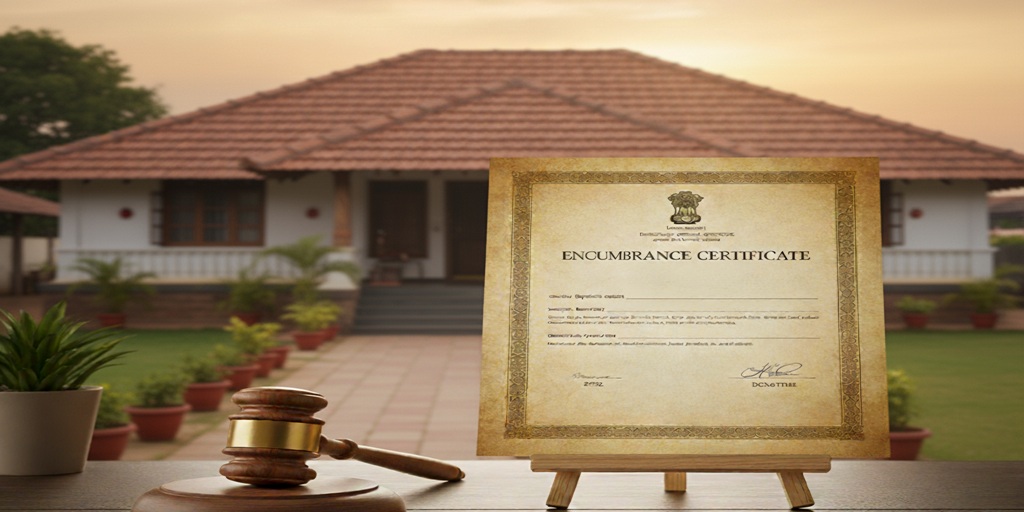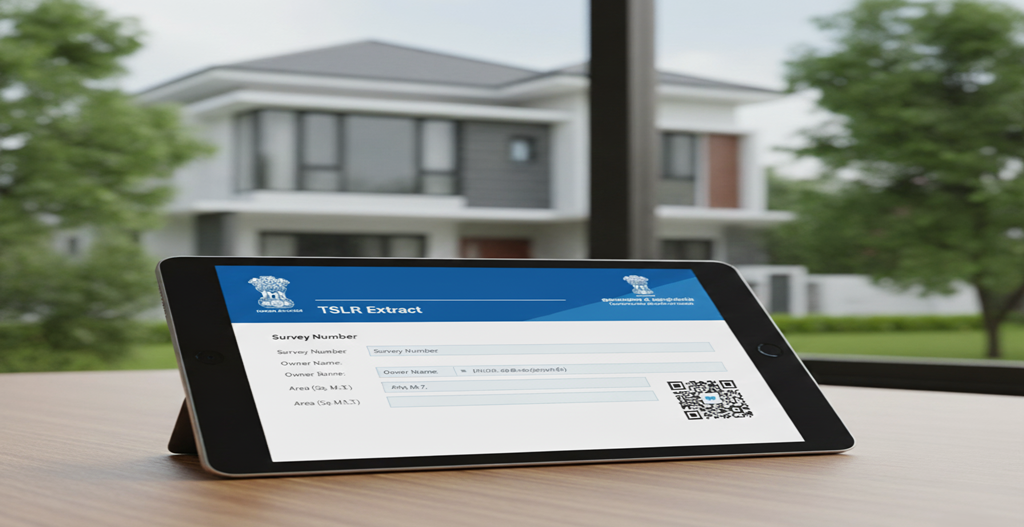What is an Encumbrance Certificate (EC) in Karnataka?
An Encumbrance Certificate (EC) in Karnataka is an official land record document issued by the Sub-Registrar Office that shows the legal and financial status of a property. It lists all transactions—such as sale deeds, gift deeds, mortgages, leases, or legal claims—that have been registered against the property during a specific period. This certificate is essential to ensure that the property has no pending loans, claims, or court attachments.
Importance of Encumbrance Certificate (EC) in Karnataka
- Title Verification Before Purchase – Confirms whether the property has a clear title or if there are any registered mortgages, liens, or legal claims.
- Home Loan or Mortgage Approval – Banks require the latest EC to ensure the property is debt-free before approving a loan.
- Selling Property – Sellers use EC to prove no pending encumbrances, making the deal trustworthy for buyers.
- Property Mutation in Revenue Records – After buying a property, EC is needed to update the ownership in land records or BBMP municipal records.
- Court Disputes or Legal Proceedings – Acts as legal evidence showing registered ownership history and financial claims on the property.
- Inheritance or Gift Deed Verification – EC helps legal heirs or recipients of gifted land verify that the inherited property is free of encumbrances.
- Building Plan or Layout Approval – Urban planning bodies may ask for EC to ensure the plot has no legal disputes before granting building permission.
- Updating Property Tax Records – EC helps in correcting or updating property tax documents when there is a mismatch in ownership or land extent.
- Land Audits for Companies or Investors – Companies or NRIs obtain EC to ensure their property portfolio has no hidden claims or disputes.
- Partition or Family Settlements – Ensures the portion being divided or settled is free of loans or charges before family distribution.
How to apply for an Encumbrance Certificate (EC) in Karnataka?
With mypatta, you can easily view and download the Encumbrance Certificate (EC) online in just a few taps—no need to visit the Sub-Registrar office.
Steps to View and Get EC Online:
- Open mypatta and log in or sign up if needed.
- Go to property documents, ensure “Karnataka” is selected as the state, then tap the “EC” icon.
- There are two ways to get an EC:
- By Property Number – Choose Agri or Non-Agri, then fill District, Taluka, Hobli/Town, Village, Survey Number, Property Number Type, and Property Number.
- By Party Name – Fill District, Taluka, Hobli/Town, Village, Seller/Buyer Name.
- Tap Search to instantly view your Encumbrance Certificate (EC).
- You can Download / Save / Share the EC document. For digitally signed EC, use the Signed EC icon in Karnataka.
What information does the Karnataka EC contain?
An Encumbrance Certificate contains key details about the property’s registered legal history. This includes:
- Name(s) of the property owner(s)
- Description of the property (survey number, plot number, location, extent)
- Type of transaction (sale, mortgage, lease, gift, etc.)
- Dates of transaction registration
- Document numbers and parties involved
- Mention of “NIL Encumbrance” if no transactions exist during the period
A “NIL EC” means there are no registered encumbrances on the property for the chosen time frame, signaling a clean title.
Difference Between EC and RTC (Pahani) in Karnataka
The Encumbrance Certificate (EC) and the RTC (Pahani) are two different land documents used in Karnataka. The EC is a legal document that shows whether the property has any loans, mortgages, or court cases. It is issued by the Sub-Registrar Office and is mainly used when buying or selling land or applying for home loans. The EC helps verify if the property has a clear title.
The RTC (Record of Rights, Tenancy and Crops) or Pahani is a revenue document used mostly for agricultural land. It shows land ownership, total extent, crops grown, soil type, and water source. It is used for land mutation, crop loans, and government subsidies.
So, EC shows legal and financial status, while RTC gives farming and ownership details of the land.
Frequently Asked Questions (FAQs)
1. Can EC be used as proof of ownership?
No. EC shows the transaction history but not absolute ownership. For that, you need a sale deed, which you can obtain from mypatta.
2. What is a NIL Encumbrance Certificate?
A NIL EC means no registered transactions or liabilities exist on the property during the selected period.
3. Is EC mandatory for registration or loan?
Yes. Most banks, buyers, and revenue departments require an EC to ensure there are no outstanding claims on the property.
4. Is EC required when applying for building plan approvals?
Yes. Municipal authorities may ask for a recent EC to ensure there are no legal disputes or mortgages on the land before granting building permissions.
5. Is EC required during property resale in Karnataka?
Yes, EC is one of the mandatory documents needed for resale transactions, as it helps buyers verify ownership and ensure the property is free from encumbrances.
Key Takeaway
- The Encumbrance Certificate (EC) in Karnataka is essential for buying, selling, or inheriting land.
- It verifies whether the property has any legal or financial burdens, such as loans, liens, or court claims.
- The EC is crucial for property verification, loan processing, and legal protection.
- With mypatta, you can access ECs and apply for Digitally Signed ECs to simplify your property documentation process.
Other Blogs Link
- Akarband in Karnataka – How to Check & Download
- Digitally Signed Encumbrance Certificate (EC) in Karnataka
- Survey Documents in Karnataka – How to Download & FAQs
- RTC (Pahani) in Karnataka – View Land Records Online
- Digitally Signed RTC (Pahani) – How to Download
- Land Survey Sketch in Karnataka – How to Download
- BBMP Tax Receipt – How to Download
- Certified Copy of Sale Deed – How to Download
- Mutation Record in Karnataka – How to Download
- E-Swathu Form 11B – How to Download
- Khata Extract in Karnataka – How to Download
- BBMP eKhata – How to Download
- BBMP Property Record – How to Check Online
- Village Map in Karnataka – How to Download


